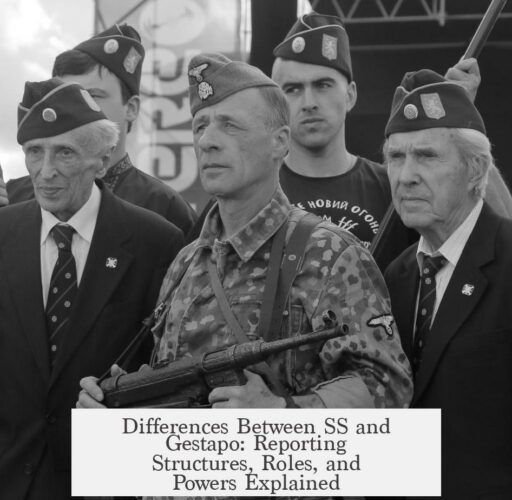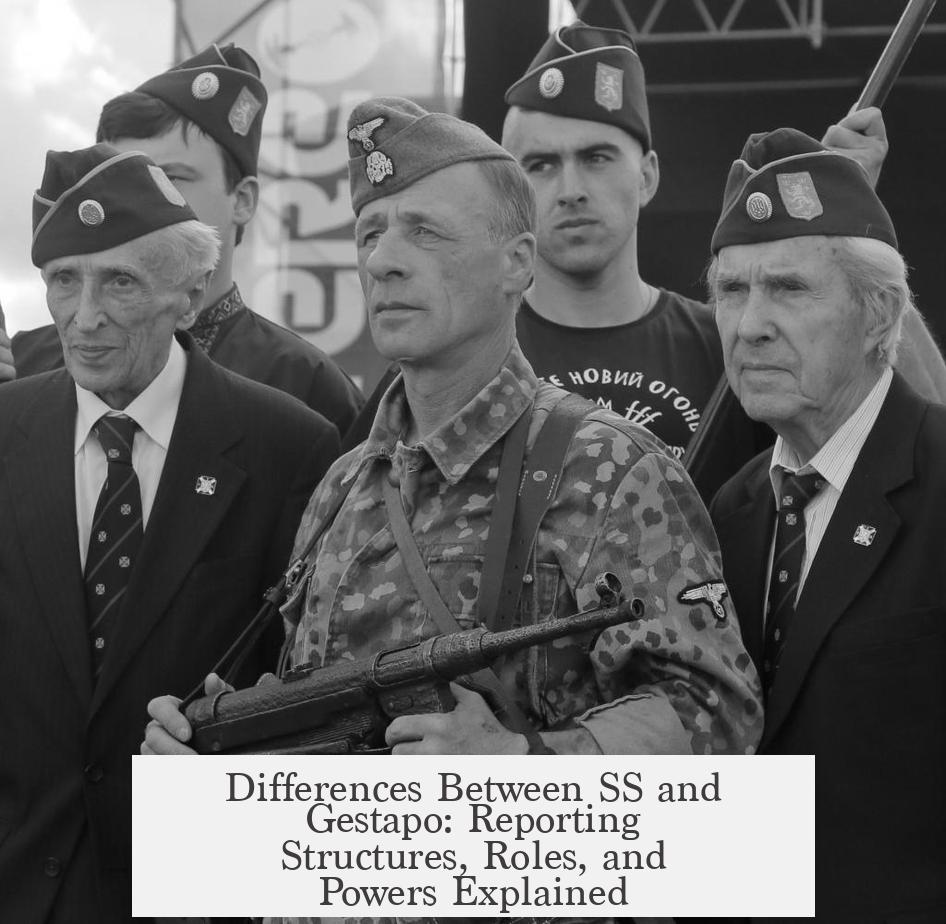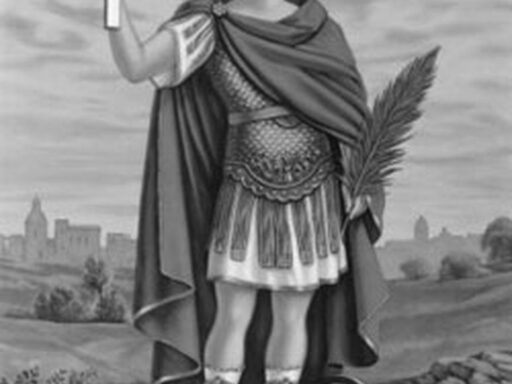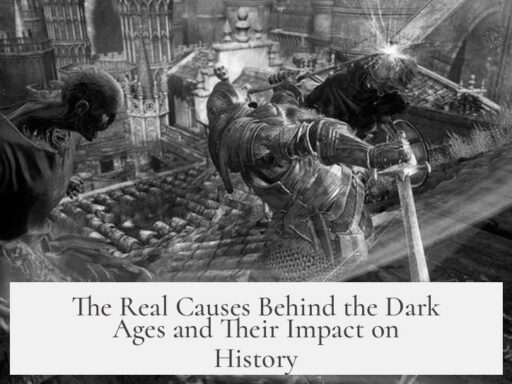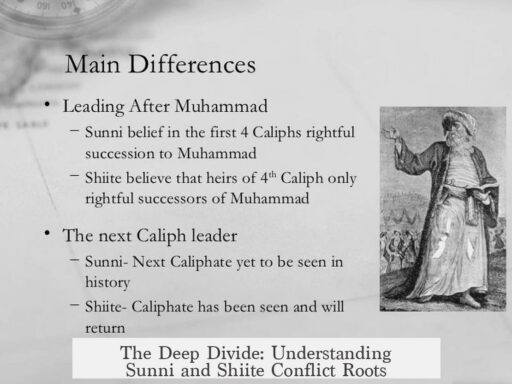The Gestapo and the SS differed significantly in reporting structure, roles, and powers, though their functions increasingly overlapped and the Gestapo became effectively a subunit within the SS hierarchy.
Initially, the Gestapo operated as the Prussian Secret Police under Hermann Göring, the Interior Minister of Prussia. In 1935, Adolf Hitler appointed Heinrich Himmler as Chief of German Police. This move placed the Gestapo under Himmler’s authority, effectively merging police functions with the SS. By 1939, the Gestapo was officially made part of the Reichssicherheitshauptamt (RSHA), a branch of the SS led by Reinhard Heydrich. Post-1939, the Gestapo transitioned from state control to becoming a Nazi Party organization, blurring the lines between state and party authority. After Heydrich’s assassination in 1942, Himmler assumed direct control over the Gestapo, later delegating to Ernst Kaltenbrunner. Therefore, the Gestapo’s reporting channel shifted from a traditional police ministry to the SS leadership under Himmler.
In contrast, the SS had a more direct political allegiance. The entire SS pledged loyalty explicitly to Hitler and the Nazi Reich rather than to Germany or its public institutions. Led by Himmler, the SS was a complex organization with military and political functions. Its branches, including the RSHA (security police and intelligence), Waffen-SS (paramilitary combat), and Allgemeine SS (administrative and political tasks), reported within an autonomous structure under Himmler. Unlike the conventional Wehrmacht and SA, the SS operated as a “state within a state,” maintaining judicial and operational independence, with its own legal department overseeing SS members.
| Aspect | Gestapo | SS |
|---|---|---|
| Reporting | Prussian Interior Ministry → 1935 under Himmler (Chief of German Police) → 1939 integrated into RSHA (SS branch) → Directly managed by Himmler and Heydrich/Kaltenbrunner | Led by Himmler Directly loyal to Hitler and the Reich Complex structure with military, police, legal, and political branches |
| Roles | Secret police Hunting enemies of the Reich Occupied territory policing and administration Enforcing racial policies Intimidation and detention of dissidents | Elite paramilitary force (Waffen-SS) and front-line combat Hitler’s bodyguard unit Intelligence, police coordination, and camp administration (Allgemeine SS and RSHA) Concentration camp guards (SS-TV) Political and administrative control of Nazi security apparatus |
| Powers | Police and secret policing powers Authority to detain, intimidate, and suppress political opposition Smaller, focused organization primarily for internal security | Military command and operations Intelligence gathering and enforcement Management of concentration and extermination camps Autonomous legal authority Operated as a state-like entity within Nazi Germany |
While the Gestapo was originally a separate secret police agency, its later integration into the SS blurred boundaries. Members of the Gestapo often wore SS uniforms, and many security functions overlapped. However, their operational focus differed: the Gestapo specialized in domestic surveillance, political repression, and suppression of enemies, often operating covertly. The SS encompassed these policing roles but expanded far beyond them, conducting military campaigns, racial cleansing on the front lines via the Waffen-SS, and managing concentration camps and ideological enforcement.
The Gestapo was never a large organization but held extensive influence through its terror tactics and police powers. Their coercive authority was essential for control within occupied and German territories alike. The SS had a broader mandate and wielded greater powers. It controlled its own judicial system, allowing SS members to act with near impunity. The SS’s command extended to a wide range of state and party functions, consolidating police, intelligence, military, and political roles under Himmler’s centralized control.
In summary, the Gestapo functioned as the Nazi secret police focusing mainly on surveillance, suppression, and intimidation. The SS was a larger, multifaceted organization with military, political, police, judicial, and administrative responsibilities, reporting directly to Hitler. By the late 1930s and during WWII, the Gestapo was essentially absorbed into the SS framework, acting as a key security enforcement branch within this broader organization.
- The Gestapo reported through the German police structure until fully integrated into the SS’s RSHA by 1939.
- The SS reported directly to Hitler and operated as a complex organization combining military, police, and political functions.
- The Gestapo focused on secret police and internal security; the SS performed broader roles including military operations and camp administration.
- The Gestapo had police powers for intimidation and detention; the SS wielded extensive autonomous powers including military command and judicial authority.
- By WWII, the Gestapo was effectively a subunit within the SS, wearing SS uniforms and operating under Himmler’s leadership.
What Was the Difference Between the SS and the Gestapo in Terms of Who They Reported To, Their Roles, and Their Powers?
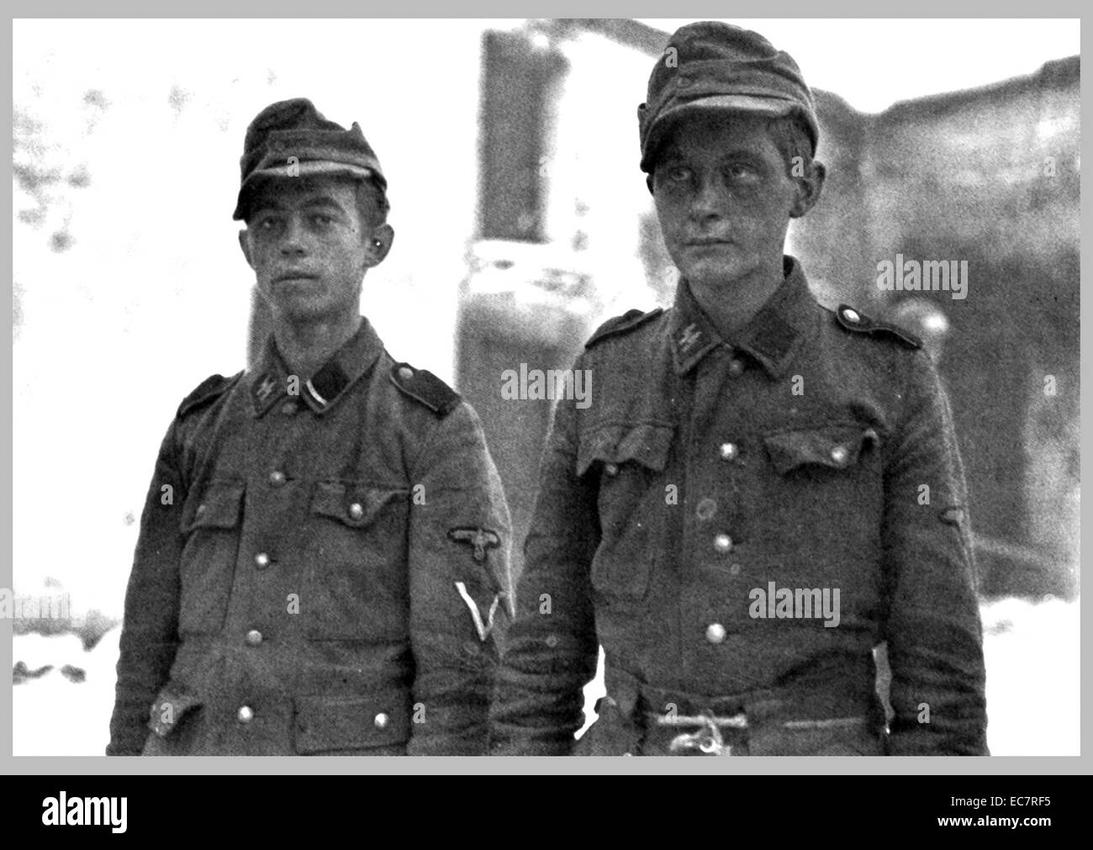
Ask anyone about the SS and Gestapo, and you’ll likely get a picture of ruthless enforcers in Nazi Germany. But what really sets them apart? The key difference lies in their reporting lines, distinct roles, and spheres of power, though their histories intertwine closely—especially after 1939 when the Gestapo became essentially a subunit under SS control. Let’s unpack this tangled web. Spoiler: It’s not just about uniforms and evil deeds.
Diving into the Reporting Structure: Who Was Boss?
Initially, the Gestapo was the Prussian Secret Police, answering to Hermann Göring, who at the time served as Prussian Interior Minister. This makes it sound like just a regional police force with a sharp edge. But the landscape shifted dramatically after 1935.
Enter Heinrich Himmler, a man whose shadow loomed large in Nazi policing. Appointed Chief of German Police by Hitler, Himmler effectively grabbed the reins of the Gestapo and its auxiliary offices—a move that started to fuse policing powers under the SS umbrella. By 1939, the Gestapo was folded into the Reichssicherheitshauptamt (RSHA), or the Reich Security Main Office, a branch under the SS managed by Reinhard Heydrich, Himmler’s close ally. Post-Heydrich’s 1942 assassination, Himmler personally oversaw the Gestapo before delegating control to Dr. Ernst Kaltenbrunner.
So, after 1939, the Gestapo ceased being simply a state instrument; it morphed into a party organization. Nazi propaganda tried to present it as a keeper of peace, but in reality, it became part of a political apparatus, integrated seamlessly into the SS structure. Here’s the nutshell: The Gestapo after 1939 effectively served as an SS subunit, tightly woven into its command.
Meanwhile, the SS itself had a vastly different reporting allegiance. While conventional military groups like the Wehrmacht or the SA pledged loyalty to Germany and its people, the SS swore fealty directly to Hitler and the Reich. Himmler led the SS and was simultaneously Chief of German Police, merging political and police power. The RSHA wasn’t just Gestapo headquarters; it also managed the SD (Sicherheitsdienst), the intelligence service arm under SS control. The SS was a highly complex, multi-branch beast reporting straight to Hitler, bypassing state bureaucracies.
Roles: Who Did What and How Brutally?
Roles clarify what made these two forces tick. The Gestapo primarily functioned as a brutal secret police. Their job was hunting enemies of the Reich—whether real or imagined. They administered occupied cities, ensured Nazi racial policies were enforced, and intimidated or detained anyone who posed a threat to the Nazi party. Although small in size, their impact was vast, spreading terror wherever they operated. In many occupied territories, Gestapo officers wore SS uniforms—blurring obvious distinctions.
Contrast that with the SS, which started as Hitler’s personal bodyguard. Over time, it morphed into a paramilitary force with diverse internal divisions. The Waffen-SS, for example, was the elite combat branch. They fought on the frontlines, often trailing behind the Wehrmacht to conduct racial cleansing and other war crimes. Then there was the Allgemeine SS, handling political tasks, overseeing police coordination, intelligence gathering (via the SD), and even concentration camp management (SS-TV). The SS was involved in everything from military campaigns to administering Nazi legal systems within their ranks.
It’s tempting to think of the Gestapo as merely a police apparatus and the SS as a military force with extras, but that’s an oversimplification. The SS was a state within a state, with political, military, police, and administrative branches running in parallel.
Powers: How Far Did Their Reach Go?
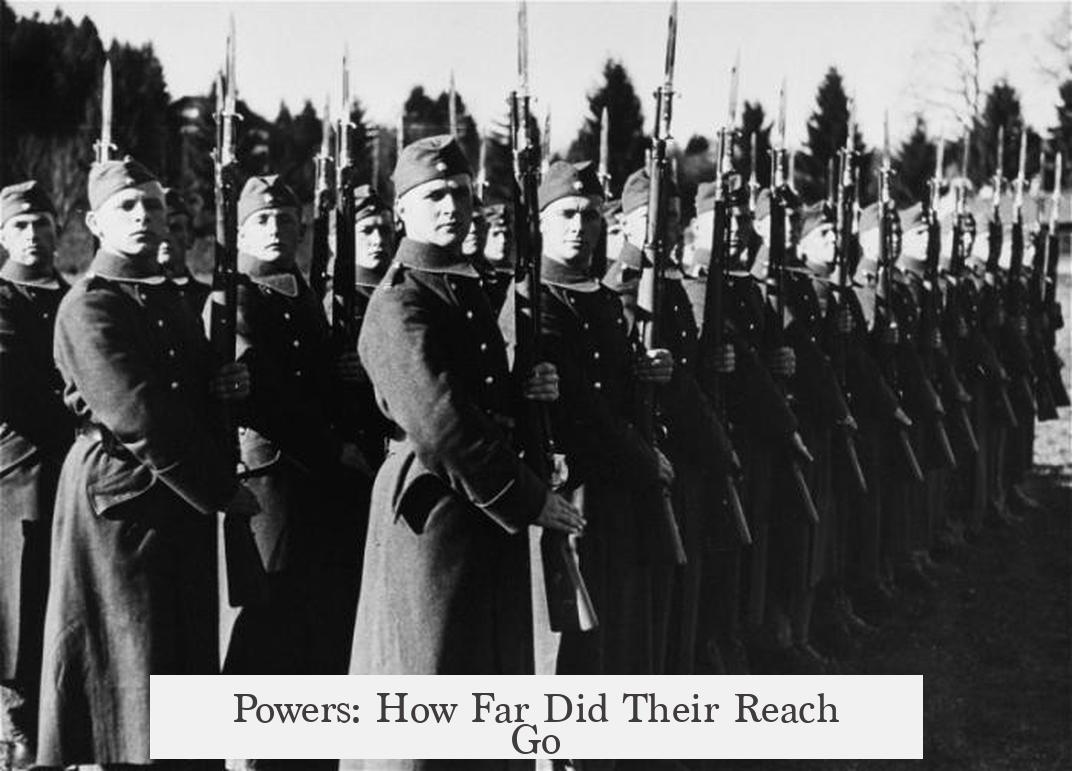
The Gestapo wielded typical police powers like arrest and detention, but masked under the guise of secret police. They intimidated and coerced. Although formally under state structures, over time the Gestapo merged into party organs and especially the SS’ security complex. They were the primary executive arm within the security police (SIPO) and intelligence (SD) frameworks, though smaller than the sprawling SS operation.
The SS, however, was a powerhouse pushing to extremes. They exercised military command in the Waffen-SS, intelligence control via the RSHA, economic administration through the SS-WVHA (which ran concentration camps), and their own autonomous legal system with internal courts. SS personnel answered only to SS courts, placing them outside ordinary judicial reach. Essentially, the SS wielded wide-ranging political, military, police, judicial, and administrative powers independently of civilian oversight.
The SS operated as a shadow government. Their autonomy meant Himmler’s orders could eclipse official state policy. The Gestapo, while fearsome, was gradually engulfed in this larger SS structure and lost independent authority.
Summary Table: SS vs Gestapo
| Aspect | Gestapo | SS |
|---|---|---|
| Reporting | Initially under Prussian Interior Minister (Göring), then Himmler as Chief of German Police; incorporated into RSHA under SS control from 1939. | Led by Himmler, swore loyalty directly to Hitler and the Reich; organizationally complex with various branches reporting within the SS. |
| Roles | Secret police; hunting enemies of the Reich; enforcing racial cleansing in occupied areas; small but brutal force. | Elite paramilitary; bodyguards; combat units (Waffen-SS); intelligence gathering (SD); camp administration; legal governance within SS ranks. |
| Powers | Police powers including detention, intimidation, secret police authority; integrated into party and SS structures. | Military command; intelligence and security operations; economic and camp control; independent judiciary; extensive autonomous powers. |
| Relationship | Initially separate, increasingly absorbed under SS control; often indistinguishable in uniforms; de facto SS subunit. | Overarching organization; controlled Gestapo along with SD and other security/military arms; direct allegiance to Hitler. |
Why Does This Matter?
Understanding the difference clarifies how Nazi terror operated. The Gestapo spread fear through targeted secret police action. The SS combined terror with military might and administrative control, functioning independently like a ruthless shadow government.
It also showcases how Nazi governance blurred lines between party and state. After 1939, the Gestapo wasn’t just police—it was a party instrument absorbed into the SS. The SS themselves weren’t just soldiers or bodyguards—they managed intelligence, law, military, and camps seamlessly connected in service to Hitler’s ideology.
What Can We Learn?

History teaches us that the concentration of power under single leadership (like Himmler supervising both SS and Gestapo) can warp institutions into instruments of oppression. When police, military, intelligence, and judiciary fuse unchecked, autonomy and accountability vanish. The SS was a terrifying example of this convergence.
For modern readers, this acts as a caution. Oversight and independence in institutions aren’t just bureaucratic red tape—they safeguard rights and prevent abuses.
Final Thoughts: Who Wore What Hat?
To wrap up, the Gestapo and SS might appear as two sides of the same coin, but they started as distinct entities: the Gestapo as secret police under state authority, the SS as a fascist paramilitary force loyal to Hitler alone. Over time, the Gestapo became essentially a Gestapo branch of the SS, losing autonomy as both reported through Himmler’s tangled chain of command.
So next time you see a photo of a Nazi officer in a black SS uniform, think: Was this man enforcing secret police terror (Gestapo) or carrying out SS military or administrative duties? Sometimes the difference was only in the paper. But grasping these distinctions unveils the chilling machinery behind Nazi Germany’s oppressive regime.
Questions for thought: How might modern security forces avoid similar fusions of power? Can complex organizations stay transparent and accountable when their roles overlap so deeply? History’s lesson here is loud and clear—complex authority means complex risks.
